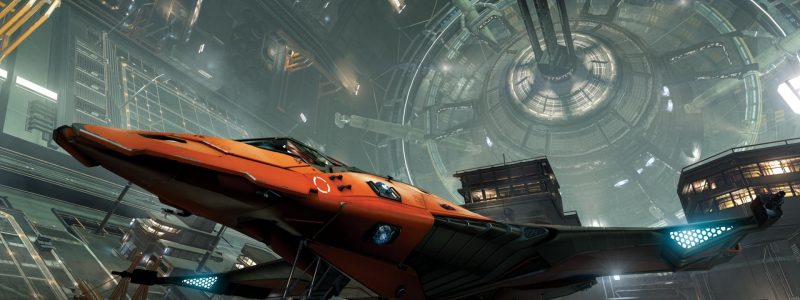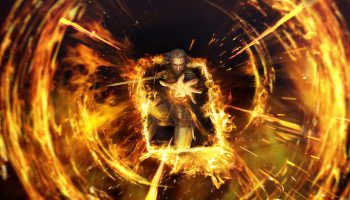The best reason I can think of myself is that since the FSD interacts with space time maybe it causes it to get heavier and heavier the faster it goes so thrusters begin to have diminishing returns on how effectively they can accelerate a ship. This would also be a logical reason as to why the ship starts to slow down in super cruise when it gets close to large celestial bodies other than a ship safety/fly by wire system.
This also explains that the reason the top speed of your boost is reduced back to your relative 100% throttle is actually a ship system bringing it back down so that you can still turn the heavy FSD at full throttle speed if you don't have boost available so you aren't stuck flying in a relatively straight line when your boost falls off or as I like to think of it it's the ship preventing you from settling with power.
Then I thought well why don't pilots just turn on the FSD to counter this effect since while it's on it can take advantage of space time to move instead of being basically a big space time drag flap?
In my mind the reason behind this would be that because the FSD interacts with gravity at a quantum level it can only operate within certain energy levels like electrons settling in their own energy levels otherwise it becomes too hard to control. Something about how it interacts with quantum gravity allows a wider range of speed within the energy level it's in during super cruise while it's too difficult to operate at relatively much lower speeds and basically has only one speed while it's warping a ship through which space which is why it instantly moves the ship to top warpseed with no noticeable acceleration or deceleration when the ship exits witchspace.







